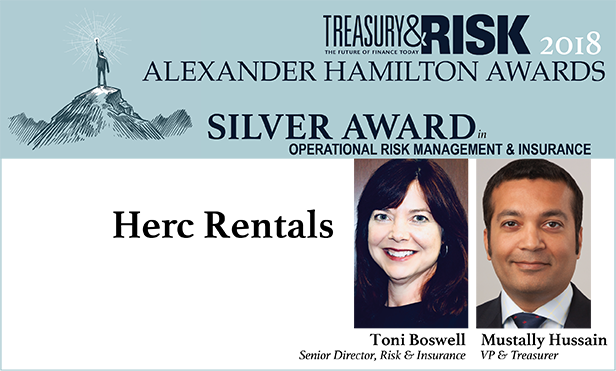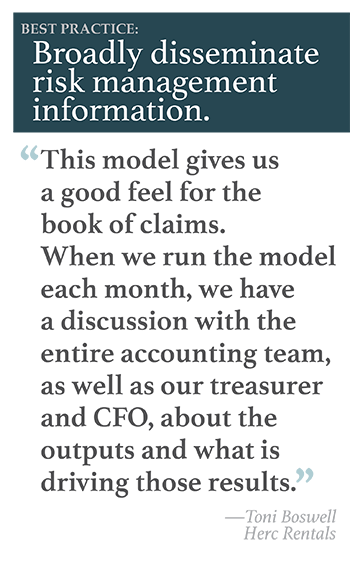 treasury function had to be rebuilt from scratch
treasury function had to be rebuilt from scratch 
See also:
- Harnessing Analytics to Minimize Debit-Card Fraud
- 2018 Alexander Hamilton Awards in Treasury Transformation
2019 Alexander Hamilton Awards
Enter todayNOT FOR REPRINT
© Touchpoint Markets, All Rights Reserved. Request academic re-use from www.copyright.com. All other uses, submit a request to [email protected]. For more inforrmation visit Asset & Logo Licensing.


